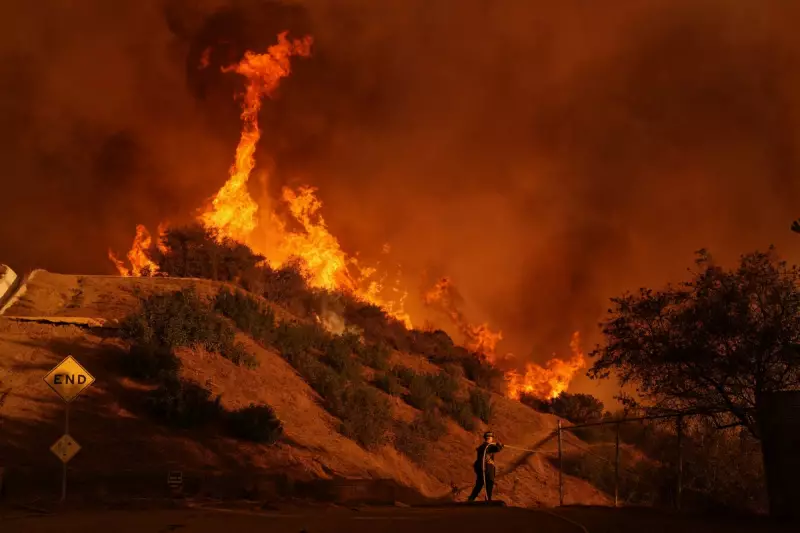
Southern California is reeling from a devastating atmospheric river event that has unleashed torrential rains across the region, triggering widespread flooding, destructive mudslides and putting millions of residents under extreme weather alerts.
State of Emergency Declared
Governor Gavin Newsom has declared a state of emergency for eight counties, including Los Angeles, as the powerful storm system continues to batter the state. The declaration comes as emergency services struggle to respond to hundreds of incidents across affected areas.
Malibu Bear Rescue Captures Crisis
In one of the most dramatic moments of the ongoing crisis, a Malibu resident was forced to lead a stranded bear to safety through flooded streets. The surreal scene, captured on video and shared widely across social media, perfectly illustrates the extraordinary conditions facing Southern California residents.
Transportation Network Paralyzed
Major highways including Pacific Coast Highway have experienced significant closures due to flooding and debris flows. The iconic roadway, vital for coastal communities, has become impassable in several sections, isolating communities and disrupting emergency access.
Evacuation Orders and School Closures
Authorities have issued mandatory evacuation orders for vulnerable areas, particularly those recently affected by wildfires where burn scars create ideal conditions for devastating mudslides. Numerous school districts across Los Angeles County have cancelled classes, prioritizing student safety amid the dangerous conditions.
Emergency Response Stretched Thin
Los Angeles Fire Department spokesperson Margaret Stewart confirmed that "crews have responded to over 120 flooding incidents and continue to address numerous mud and debris flows". The scale of the emergency has required coordination between multiple agencies as they work to protect lives and property.
Historical Context and Climate Concerns
This severe weather event marks one of the most significant atmospheric river occurrences to hit California this season. Meteorologists note that such extreme weather patterns are becoming more frequent and intense, raising concerns about long-term climate impacts on the region's infrastructure and emergency preparedness capabilities.





